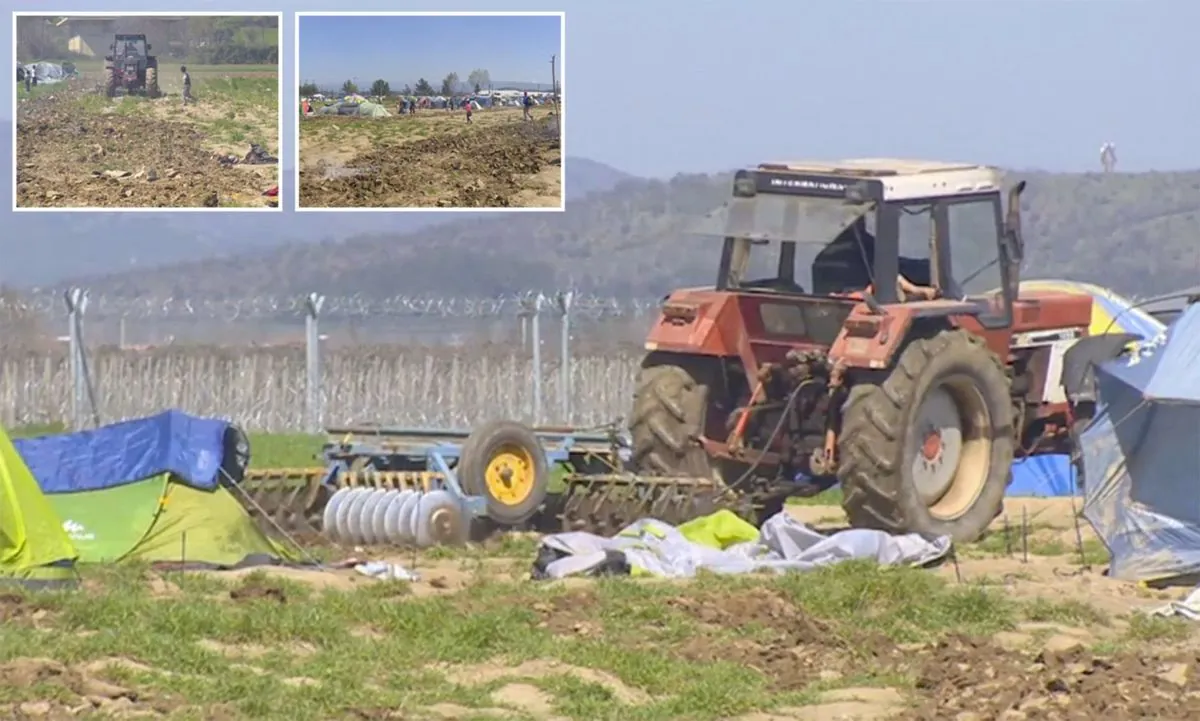Cheap Drones Emerge as New Threat to Civilians in Global Conflicts
Small, inexpensive drones are increasingly targeting civilians in conflict zones worldwide. This evolving tactic, spreading from Ukraine to Syria and beyond, poses a significant challenge to civilian protection efforts.

In recent years, a disturbing trend has emerged in global conflicts: the use of small, inexpensive drones to target civilians. This tactic, refined in the Russia-Ukraine war, has spread to other conflict zones, posing a significant threat to non-combatants.
On March 11, 2024, Ali Ahmad Barakat, a Syrian farmer, fell victim to a cheap suicide drone while working his fields in the Al-Ghab plain. This incident highlights the growing danger faced by civilians in conflict areas.
The evolution of drone warfare has been rapid. While military-grade drones have been used for decades, the recent proliferation of consumer and hobby drones has changed the landscape. These small, agile devices are now being weaponized by various groups, including state actors and non-state militias.
In Syria, the White Helmets civil defense group reports a surge in drone attacks on civilians. Ali Obied, a White Helmets volunteer, described the aftermath of Barakat's death: "We collected the pieces of the driver one by one." The psychological impact of these attacks is profound, with many long-time residents finally fleeing their homes.

Similar tactics are being employed in Ukraine. Between July 1-21, 2024, 34 separate attacks on Ukrainian civilians by Russian drones were reported. These incidents include:
- A woman injured in her backyard in Berislava
- Two female volunteers hurt at a humanitarian aid point in Stanislav
- A 74-year-old man killed in Oleksandrivka
Alarmingly, clearly marked humanitarian vehicles have also been targeted. On January 26, 2024, a UN-affiliated aid worker's car was attacked, and on May 29, a Ukrainian ambulance driver was killed.
The spread of these tactics is not limited to Syria and Ukraine. Reports of similar attacks have emerged from:
- Gaza, where Israeli forces allegedly use quadcopters against civilians
- Myanmar, where the military junta has attacked villages and health centers
- Mexico, where drug cartels employ drones for smuggling and terrorism
"Those drones, if they want to kill someone who is walking to his school, or even the White Helmets, if they're returning to their [medical] centers—the drones can find individuals, attack the centers, kill directly. We have experience with mortars, rockets, and artillery shelling attacks. But this new weapon is incredibly dangerous because it is so precise and cheap to develop."
The international community faces significant challenges in addressing this threat. Current guidance on drone defense is primarily geared towards larger military drones, leaving civilians vulnerable to these smaller, more agile threats.
To combat this emerging danger, several steps are necessary:
- International organizations must collaborate on strategies to protect civilians from small drone attacks
- Research and development of civilian-friendly drone detection and defense technologies
- Clarification of international humanitarian law regarding small drones in combat
- Investigation of potential violations and condemnation of terrorist attacks
As drone technology continues to advance, it's crucial that protective measures keep pace. The international community must act swiftly to safeguard civilians from this evolving threat in conflict zones worldwide.


































